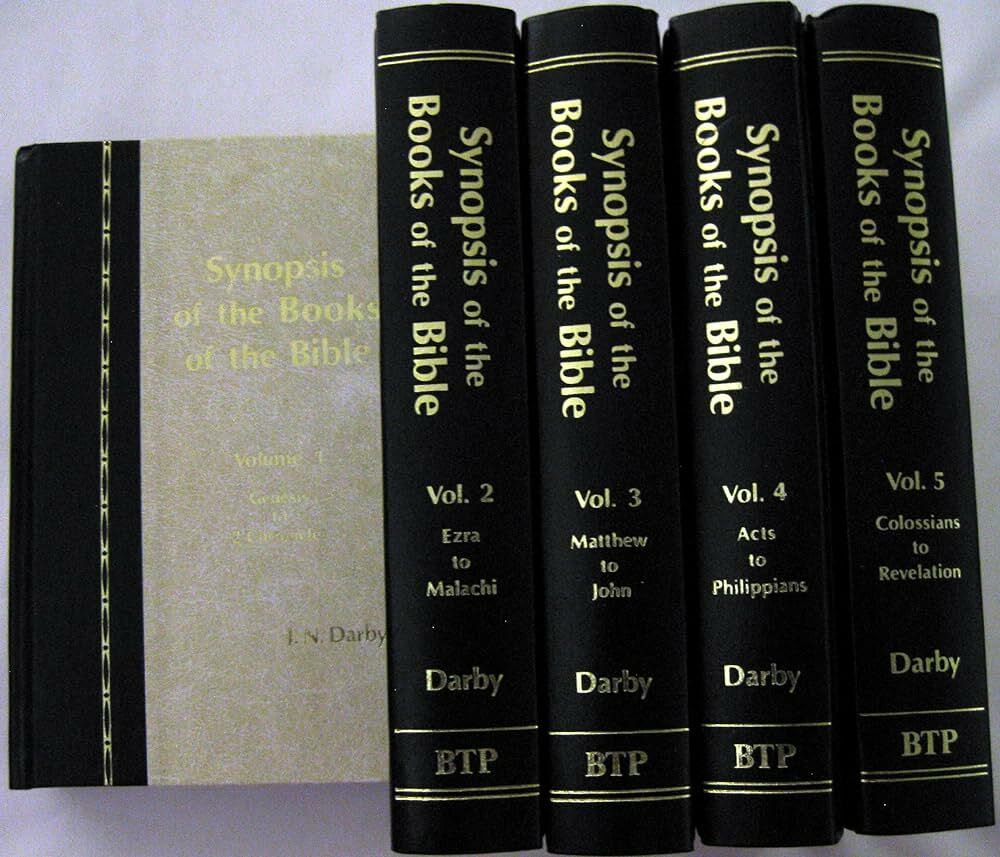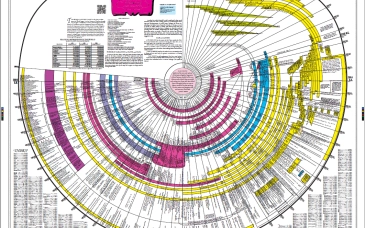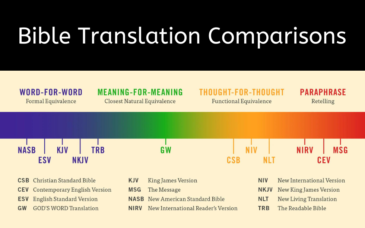In the realm of biblical scholarship and exegesis, John Darby's "Synopsis of the New Testament" stands as a significant work that has made a profound impact on the understanding and interpretation of the New Testament. This post delves into the importance of John Darby's "Synopsis of the New Testament" and how it has enriched the study of the Bible.
John Darby: A Brief Introduction
Before we explore the "Synopsis of the New Testament," it's essential to understand the man behind this influential work. John Darby (1800–1882) was a prolific biblical scholar, theologian, and a prominent figure in the early 19th-century Christian Brethren movement. His dedication to the study and interpretation of the Scriptures led him to create the "Synopsis of the New Testament."
Synopsis of the New Testament: An Overview
John Darby's "Synopsis of the New Testament" is a unique and comprehensive work designed to facilitate the study and understanding of the New Testament. It is not a traditional commentary but rather a harmony and comparison of the four Gospels, the Acts of the Apostles, and the various Epistles.
Key Features of the "Synopsis of the New Testament"
- Parallel Texts: One of the central features of Darby's work is the presentation of parallel passages from the New Testament. This layout allows readers to compare different Gospel accounts of the same event, parable, or saying, providing valuable insights into the perspectives of each Gospel writer.
- Systematic and Comprehensive: Darby's "Synopsis" covers the entirety of the New Testament, making it a comprehensive reference for scholars, theologians, and students of the Bible. It systematically organizes and presents the New Testament text, providing an in-depth study tool.
- Clarity and Accessibility: Despite its scholarly nature, Darby's "Synopsis" is known for its clarity and accessibility. It's a valuable resource for individuals at various levels of biblical understanding, from the novice to the seasoned theologian.
- Historical and Exegetical Insights: The "Synopsis" includes valuable historical and exegetical insights, shedding light on the cultural and linguistic context of the New Testament, thereby enriching the reader's understanding of the text.
- Influence on Biblical Scholarship: Darby's work has left a lasting impact on biblical scholarship and exegesis. Its unique format and emphasis on the Gospel narratives' harmony have influenced subsequent studies of the New Testament.
Continued Relevance
John Darby's "Synopsis of the New Testament" remains relevant in contemporary biblical scholarship. It continues to be a valuable resource for those seeking a deeper understanding of the New Testament, particularly the Gospels. Its emphasis on the harmony of Gospel accounts and its meticulous attention to the original text continue to guide scholars and theologians in their work.
John Darby's "Synopsis of the New Testament" is a testament to his dedication to the Scriptures and his desire to facilitate a more profound understanding of the New Testament. Its unique format, comprehensive coverage, and historical insights have made it a valuable and enduring resource for those who seek to delve into the teachings, life, and ministry of Jesus Christ and the early Christian Church. As a significant work in the history of biblical scholarship, it continues to shed light on the New Testament's profound message and influence the study and interpretation of the Scriptures.








